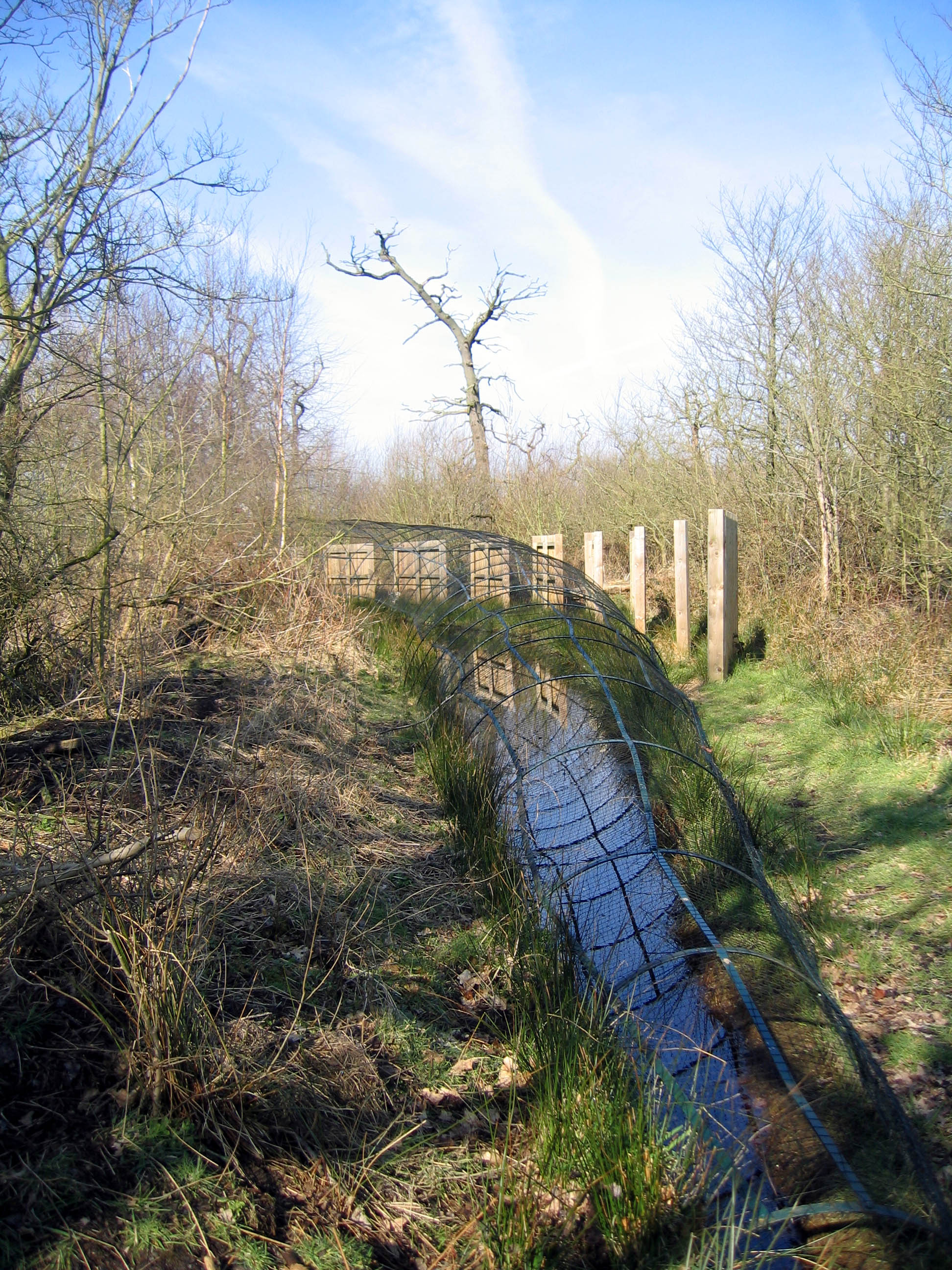|
Loch Fergus
Loch Fergus (NS 3932 1823) is a freshwater post-glacial "Kettle Hole" sometimes recorded as Fergus Loch. It is quite visible and is situated in a low-lying area close to the B742 road between the farms and dwellings of Trees, Lochfergus and Bowmanston in the Parish of Ayr, South Ayrshire, Scotland. The loch lies to the north of Martnaham Loch, east-southeast of Ayr. It drains to the southwest into the Snipe Loch. History The ground running towards Mossend Farm is marshy and prone to extensive flooding, indicating the previous extent of the loch. The outflow is a drain and once higher water levels are illustrated by physical indications of the once higher loch margins. In the work titled ''A Summary of the Character of Scotland'' dated 1624 it is stated that ''Loch Fergus, with an isle with many growing trees, where a great quantity of heron resort with the loch seal. There is a decayed monastery in it.''Cuthbertson, Page 123 Loch Fergus is mentioned in the charter of the Burgh ... [...More Info...] [...Related Items...] OR: [Wikipedia] [Google] [Baidu] |
Coylton, South Ayrshire
Coylton ( sco, Culton) is a village and civil parish in South Ayrshire, Scotland. It is east of Ayr and west of Drongan, on the A70 road, A70. Sundrum Castle Holiday Park is to the west of the village, in the grounds of Sundrum Castle, which partly dates to the 13th century. A rocking stone stands atop the Craigs of Kyle near Coylton. It weighs about 30 tons and rests upon two stones. A large standing stone known as Wallace's Stone stands nearby.James Paterson (journalist), Paterson, James (1863). ''History of the Counties of Ayr and Wigton.'' Vol. I. - Kyle. James Stillie, Edinburgh. pp.217–218. The village is also home to a parish church of the Gothic style, built in 1832. Notable people Professional footballers George Getgood (1892–1970) and David Affleck (1912–1984) were born in Coylton. Coylton was also home to one of Ayrshire's celebrated artists. Robert Bryden (1865–1939) was born in the village. After a period working in Ayr, he became a modeller of bro ... [...More Info...] [...Related Items...] OR: [Wikipedia] [Google] [Baidu] |
Crannog
A crannog (; ga, crannóg ; gd, crannag ) is typically a partially or entirely artificial island, usually built in lakes and estuarine waters of Scotland, Wales, and Ireland. Unlike the prehistoric pile dwellings around the Alps, which were built on the shores and not inundated until later, crannogs were built in the water, thus forming artificial islands. Crannogs were used as dwellings over five millennia, from the European Neolithic Period to as late as the 17th/early 18th century. In Scotland there is no convincing evidence in the archaeological record of Early and Middle Bronze Age or Norse Period use. The radiocarbon dating obtained from key sites such as Oakbank and Redcastle indicates at a 95.4 per cent confidence level that they date to the Late Bronze Age to Early Iron Age. The date ranges fall ''after'' around 800 BC and so could be considered Late Bronze Age by only the narrowest of margins. Crannogs have been variously interpreted as free-standing wooden struct ... [...More Info...] [...Related Items...] OR: [Wikipedia] [Google] [Baidu] |
Crannogs In Scotland
A crannog (; ga, crannóg ; gd, crannag ) is typically a partially or entirely artificial island, usually built in lakes and estuarine waters of Scotland, Wales, and Ireland. Unlike the prehistoric pile dwellings around the Alps, which were built on the shores and not inundated until later, crannogs were built in the water, thus forming artificial islands. Crannogs were used as dwellings over five millennia, from the European Neolithic Period to as late as the 17th/early 18th century. In Scotland there is no convincing evidence in the archaeological record of Early and Middle Bronze Age or Norse Period use. The radiocarbon dating obtained from key sites such as Oakbank and Redcastle indicates at a 95.4 per cent confidence level that they date to the Late Bronze Age to Early Iron Age. The date ranges fall ''after'' around 800 BC and so could be considered Late Bronze Age by only the narrowest of margins. Crannogs have been variously interpreted as free-standing wooden stru ... [...More Info...] [...Related Items...] OR: [Wikipedia] [Google] [Baidu] |
History Of South Ayrshire
History (derived ) is the systematic study and the documentation of the human activity. The time period of event before the invention of writing systems is considered prehistory. "History" is an umbrella term comprising past events as well as the memory, discovery, collection, organization, presentation, and interpretation of these events. Historians seek knowledge of the past using historical sources such as written documents, oral accounts, art and material artifacts, and ecological markers. History is not complete and still has debatable mysteries. History is also an academic discipline which uses narrative to describe, examine, question, and analyze past events, and investigate their patterns of cause and effect. Historians often debate which narrative best explains an event, as well as the significance of different causes and effects. Historians also debate the nature of history as an end in itself, as well as its usefulness to give perspective on the problems of the p ... [...More Info...] [...Related Items...] OR: [Wikipedia] [Google] [Baidu] |
Lochs Of South Ayrshire
''Loch'' () is the Scottish Gaelic, Scots and Irish word for a lake or sea inlet. It is cognate with the Manx lough, Cornish logh, and one of the Welsh words for lake, llwch. In English English and Hiberno-English, the anglicised spelling lough is commonly found in place names; in Lowland Scots and Scottish English, the spelling "loch" is always used. Many loughs are connected to stories of lake-bursts, signifying their mythical origin. Sea-inlet lochs are often called sea lochs or sea loughs. Some such bodies of water could also be called firths, fjords, estuaries, straits or bays. Background This name for a body of water is Insular CelticThe current form has currency in the following languages: Scottish Gaelic, Irish, Manx, and has been borrowed into Lowland Scots, Scottish English, Irish English and Standard English. in origin and is applied to most lakes in Scotland and to many sea inlets in the west and north of Scotland. The word comes from Proto-Indo-Europe ... [...More Info...] [...Related Items...] OR: [Wikipedia] [Google] [Baidu] |
James Paterson (journalist)
James Paterson (18 May 1805 – 6 May 1876) was a Scottish journalist on numerous newspapers, writer and antiquary. His works are popular history, rather than scholarly. Life He was the son of James Paterson, farmer at Struthers, Ayrshire, where he was born on 18 May 1805; his father then had money troubles and gave up his farm. Paterson received an education, and then was apprenticed to a printer at the office of the Kilmarnock ''Mirror''. Subsequently he was transferred to the ''Courier'' office in Ayr. On completing his apprenticeship, Paterson went to Glasgow, where he joined the ''Scots Times''. In 1826 he returned to Kilmarnock, took a shop as stationer and printer, and in partnership with other gentlemen started the Kilmarnock ''Chronicle''. Its first number appeared on 4 May 1831, during the agitation for the Great Reform Bill, and the paper closed in May 1832. In 1835 Paterson left Kilmarnock for Dublin, where for some time he acted as correspondent of the Glasgow ''Li ... [...More Info...] [...Related Items...] OR: [Wikipedia] [Google] [Baidu] |
Lindston Loch, South Ayrshire
Lindston Loch (NS 37272 16195) was a small freshwater loch situated within a glacial 'kettle hole.' The loch lies in the South Ayrshire Council Area, Parish of Dalrymple, Scotland. The loch In the 1870s the OS map shows that the loch was circa 200 yards (180 metres) long by 100 yards (90 metres) wide, roughly oval in shape, and of an extent of 1.125ha or 2.78 acres however a section to the south-west had been infilled, possibly with quarrying waste from the nearby abandoned quarries. The loch was fed by burns running down from near Boghall and Balsarroch. Drainage The loch's drainage may have begun in the 18th century when Alexander Montgomerie, 10th Earl of Eglinton, was pursuing a number of agricultural improvements on his extensive estates and other landowners followed his example. Some drainage work may have taken place in the 1740s because of the improvements undertaken to provide employment for Irish estate workers during the Irish potato famines of the 1740s and the mid ... [...More Info...] [...Related Items...] OR: [Wikipedia] [Google] [Baidu] |
Coylton
Coylton ( sco, Culton) is a village and civil parish in South Ayrshire, Scotland. It is east of Ayr and west of Drongan, on the A70 road, A70. Sundrum Castle Holiday Park is to the west of the village, in the grounds of Sundrum Castle, which partly dates to the 13th century. A rocking stone stands atop the Craigs of Kyle near Coylton. It weighs about 30 tons and rests upon two stones. A large standing stone known as Wallace's Stone stands nearby.James Paterson (journalist), Paterson, James (1863). ''History of the Counties of Ayr and Wigton.'' Vol. I. - Kyle. James Stillie, Edinburgh. pp.217–218. The village is also home to a parish church of the Gothic style, built in 1832. Notable people Professional footballers George Getgood (1892–1970) and David Affleck (1912–1984) were born in Coylton. Coylton was also home to one of Ayrshire's celebrated artists. Robert Bryden (1865–1939) was born in the village. After a period working in Ayr, he became a modeller of bro ... [...More Info...] [...Related Items...] OR: [Wikipedia] [Google] [Baidu] |
Kirkcudbright
Kirkcudbright ( ; sco, Kirkcoubrie; gd, Cille Chùithbeirt) is a town, parish and a Royal Burgh from 1455 in Kirkcudbrightshire, of which it is traditionally the county town, within Dumfries and Galloway, Scotland. The town lies southwest of Castle Douglas and Dalbeattie at the mouth of the River Dee, around from the Irish Sea. History An early rendition of the name of the town was Kilcudbrit; this derives from the Gaelic ''Cille Chuithbeirt'' meaning "chapel of Cuthbert", the saint whose mortal remains were kept at the town between their exhumation at Lindisfarne and reinterment at Chester-le-Street. John Spottiswoode, in his account of religious houses in Scotland, mentions that the Franciscans, or Grey Friars, had been established at Kirkcudbright from the 12th century. John Balliol was in possession of the ancient castle at Castledykes in the late 13th century and Edward I of England is said to have stayed here in 1300 during his war against Scotland. In 1455 Kirkcudb ... [...More Info...] [...Related Items...] OR: [Wikipedia] [Google] [Baidu] |
Cumnock
Cumnock (Scottish Gaelic: ''Cumnag'') is a town and former civil parish located in East Ayrshire, Scotland. The town sits at the confluence of the Glaisnock Water and the Lugar Water. There are three neighbouring housing projects which lie just outside the town boundaries, Craigens, Logan and Netherthird, with the former ironworks settlement of Lugar also just outside the town, contributing to a population of around 13,000 in the immediate locale. A new housing development, Knockroon, was granted planning permission on 9 December 2009 by East Ayrshire Council. The town is home to the Robert Burns Academy, a new educational campus housing the main Robert Burns Academy secondary school following the merger of Cumnock Academy and Auchinleck Academy, Lochnorris Primary School and Cherry Trees Early Childhood Centre. The campus is the largest educational establishment in Scotland. The 2011 UK Census revealed that the Ayr, Carrick and Cumnock constituency, of which Cumnock is part, ... [...More Info...] [...Related Items...] OR: [Wikipedia] [Google] [Baidu] |
Duck Decoy (structure)
A duck decoy is a device to capture wild ducks or other species of waterfowl. Decoys had an advantage over hunting ducks with shotguns as the duck meat did not contain lead shot. Consequently, a higher price could be charged for it. Decoys are still used for hunting ducks, but they are now also used for ornithological research, in which the birds are released after capture. Etymology The word ''decoy'' is derived from the Dutch word ''eendenkooi'', which means "duck-cage"; ''Chambers Dictionary'' suggests Dutch ''de kooi'' = "the cage". Description Screens by a duck decoy pipe in a nature reserve near Waardenburg, the Netherlands (2007) As finally developed the decoy consisted of a pool of water leading from which are from one to eight curving, tapering, water-filled ditches. Over each ditch is a series of hoops, initially made from wood, later from iron, which diminish in size as the ditch tapers. The hoops are covered in netting. The combination of ditch and net-covered ho ... [...More Info...] [...Related Items...] OR: [Wikipedia] [Google] [Baidu] |
Scottish Wildlife Trust
The Scottish Wildlife Trust is a Office of the Scottish Charity Regulator, registered charity dedicated to conserving the Natural history of Scotland, wildlife and natural environment of Scotland. Description The Scottish Wildlife Trust has well over 35,000 members. The Scottish Wildlife Trust acquired its first wildlife reserve in 1966 and now has more than 120 reserves throughout Scotland with visitor centres at Loch of the Lowes (Perth and Kinross), Montrose Basin (Angus), and the Falls of Clyde (waterfalls), Falls of Clyde (South Lanarkshire). As well as providing homes for wildlife these sites are valuable places for people to interact with and enjoy wildlife. The trust also seek to influence and challenge legislation for the benefit of wildlife. The Scottish Wildlife Trust was involved in a trial reintroduction of the Eurasian beaver to Scotland. Begun in 2009, the trial ran at Knapdale until 2014. The beaver was given native species status in 2016. Another of the Scottish ... [...More Info...] [...Related Items...] OR: [Wikipedia] [Google] [Baidu] |

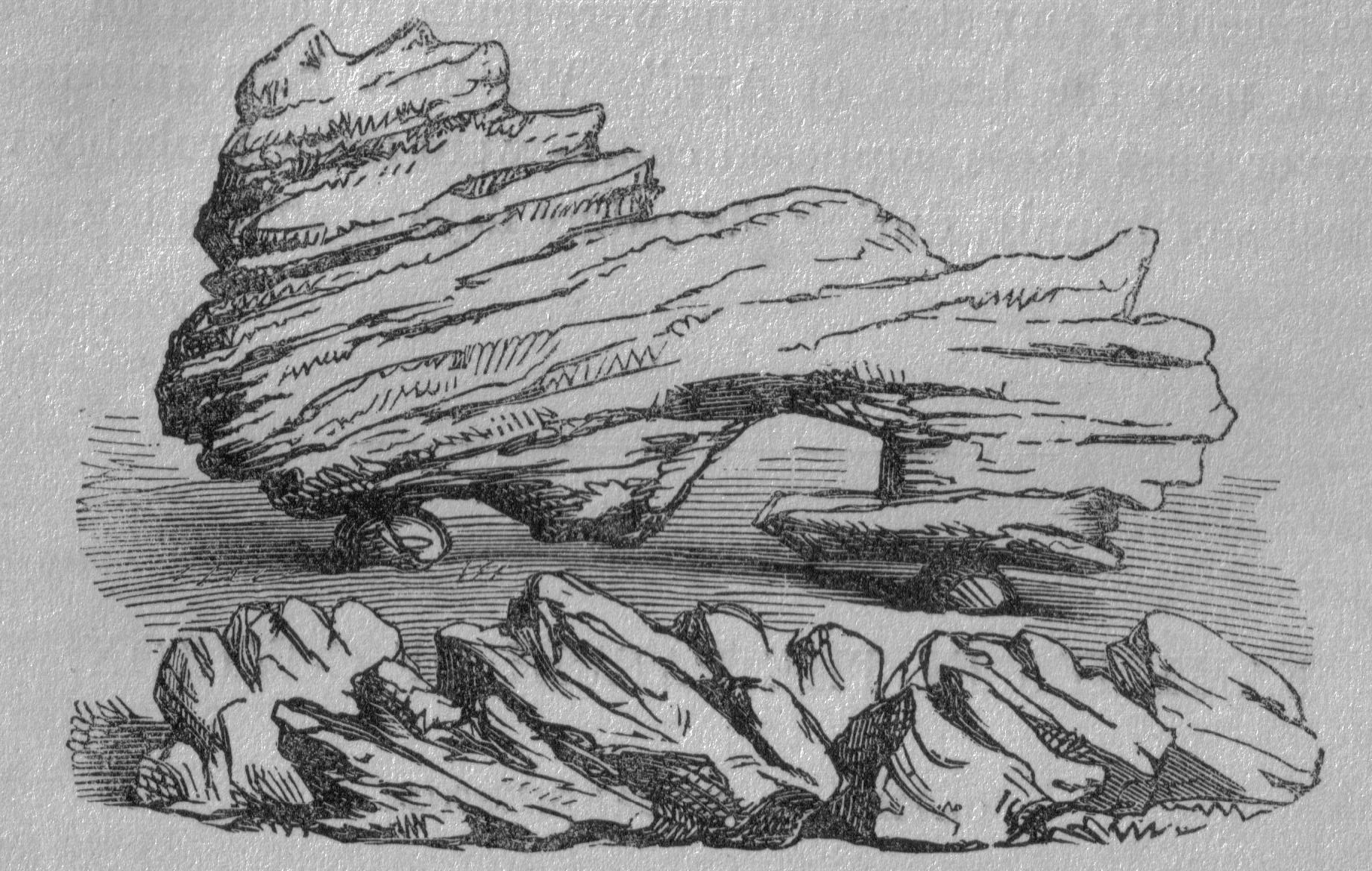
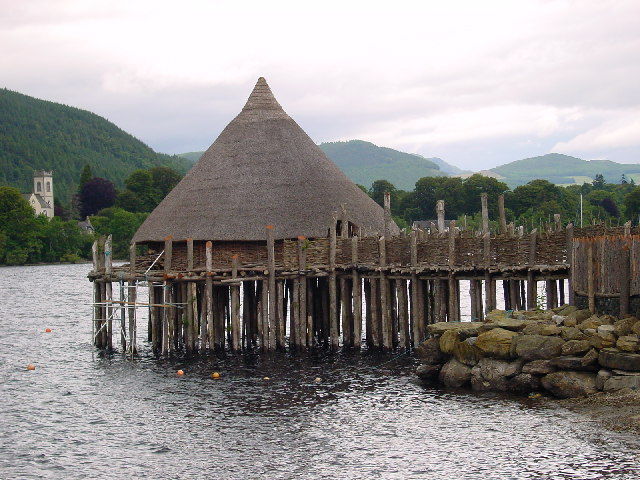
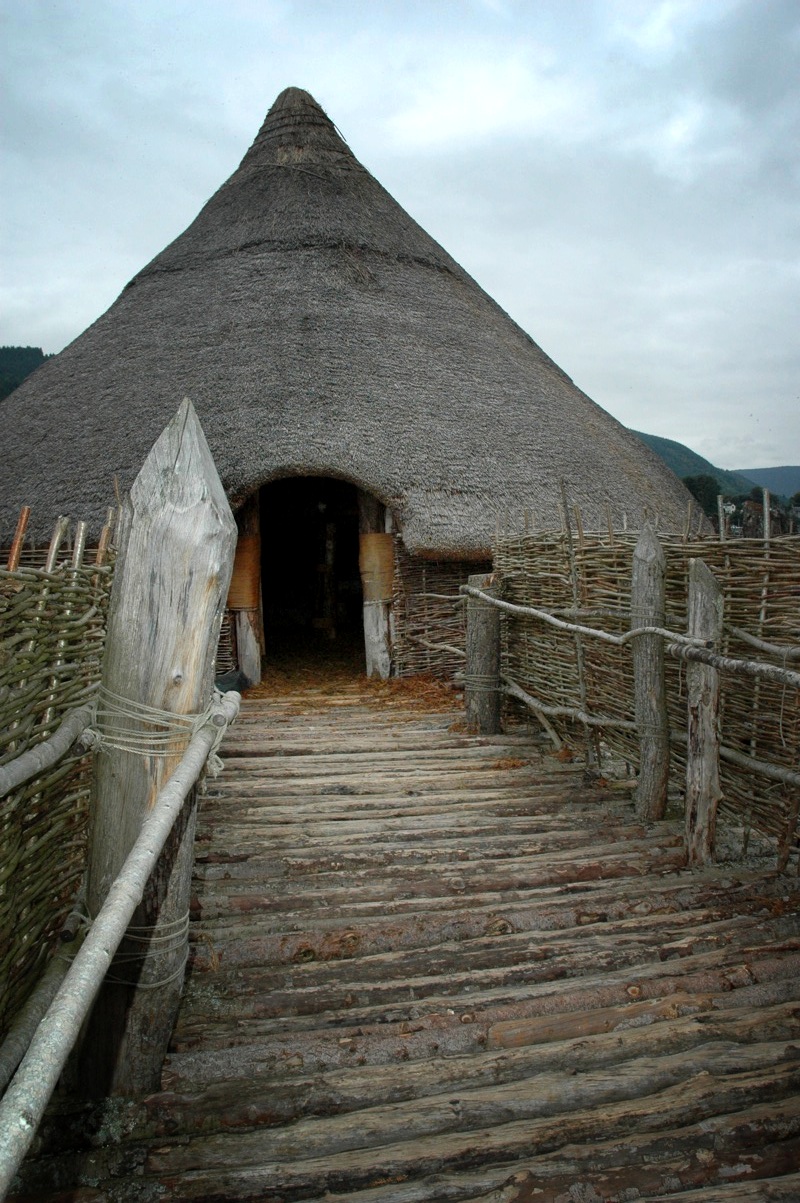
.jpg)



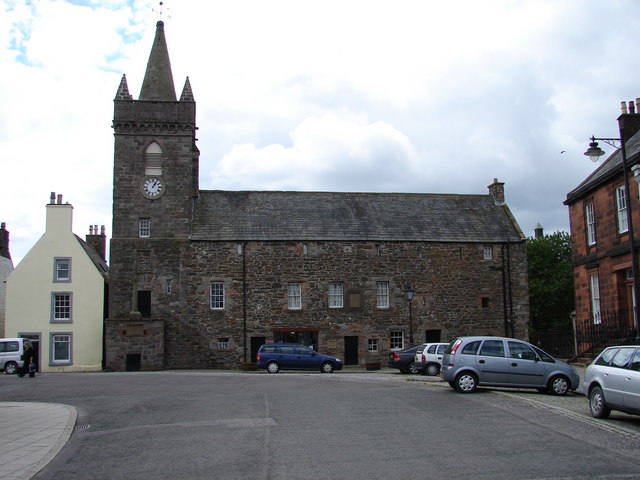
_(cropped).jpg)
